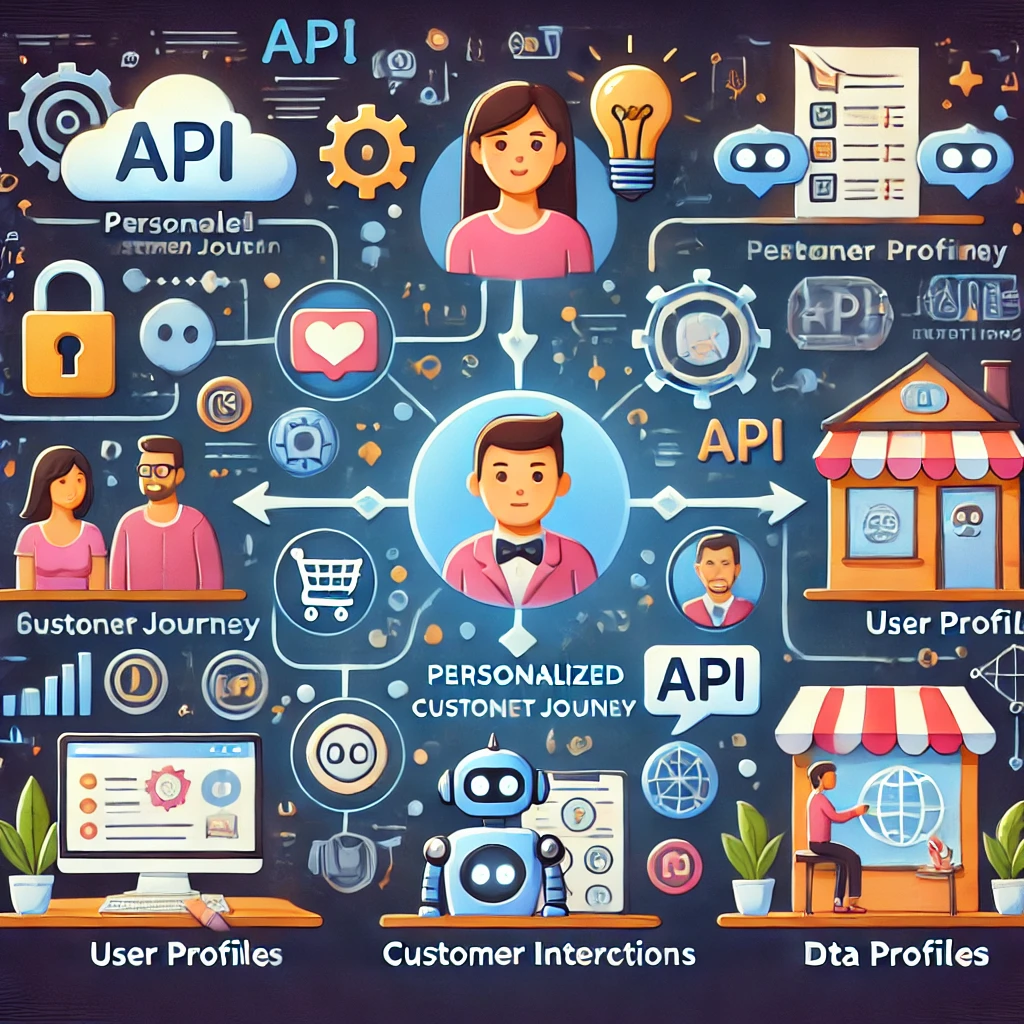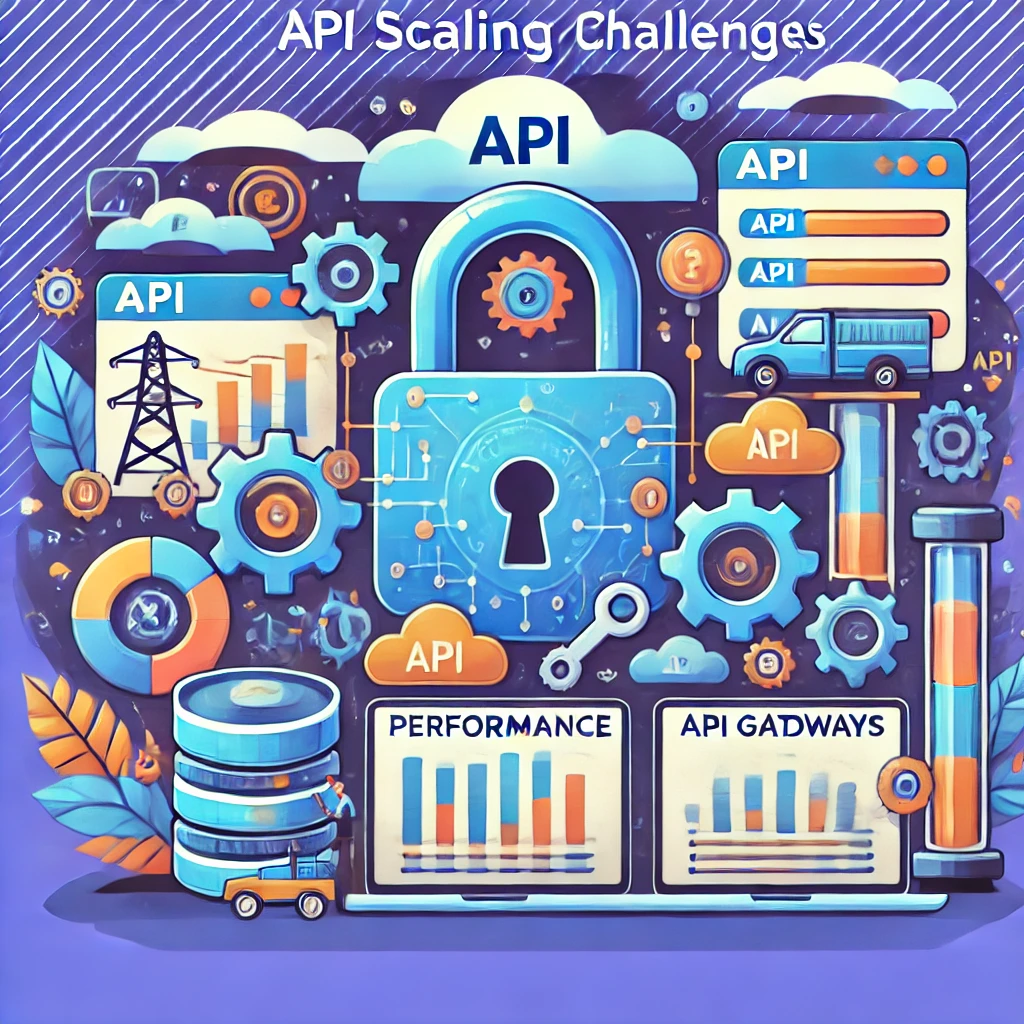Scaling with APIs is the secret weapon for startups aiming to achieve rapid growth while maintaining efficiency and resource optimization. APIs, or application programming interfaces, empower businesses to connect disparate systems, automate repetitive tasks, and streamline processes. For startups, these capabilities are game-changing, enabling them to scale operations faster without the need to expand their workforce or infrastructure drastically.
By mastering the art of API automation, startups can unlock new opportunities, improve customer experiences, and gain a competitive edge. In this guide, we’ll explore seven proven strategies for scaling with APIs, diving into practical applications that will help your startup thrive.
Table of Contents
Why Scaling with APIs is Crucial for Startups
APIs (Application Programming Interfaces) act as bridges that connect different software systems, enabling them to communicate and work together seamlessly. For startups, this means automating repetitive tasks, enhancing customer experiences, and integrating powerful third-party tools without reinventing the wheel.
Startups often face resource constraints, both in terms of time and manpower. Scaling with APIs allows you to bypass these challenges by automating workflows, reducing manual errors, and freeing up your team to focus on core business activities. With the right API strategies, startups can achieve scalable growth without overburdening their resources.
Harnessing API Automation for Operational Efficiency
One of the first steps in scaling with APIs is using them to automate routine processes. From data entry to customer support, APIs can streamline operations, minimize errors, and save valuable time.
Automate Data Synchronization
Startups often rely on multiple tools for different functions—CRM for customer management, ERP for resource planning, and analytics platforms for insights. APIs enable seamless data synchronization across these tools, ensuring that your team has access to accurate, up-to-date information. For instance, syncing your CRM with email marketing software through an API can automate customer segmentation and email campaigns, boosting engagement without additional manual input.
Simplify Payment Processing
For startups in ecommerce or SaaS, payment processing is a critical function. By integrating APIs from providers like Stripe or PayPal, you can automate billing, streamline transactions, and enhance security, all while providing a smooth user experience for your customers.
Enhancing Customer Experiences Through API Integrations
Customer satisfaction is a cornerstone of successful scaling. With API-driven automation, startups can create personalized, efficient, and responsive customer interactions.

Personalize User Journeys
APIs allow you to connect your customer data across platforms, enabling personalized recommendations and targeted marketing campaigns. For example, integrating APIs from AI-powered tools can analyze user behavior and tailor suggestions to individual preferences, increasing customer retention and satisfaction.
Automate Customer Support
Integrating chatbot APIs like ChatGPT or Zendesk can automate customer support, providing instant responses to common queries. This not only improves response times but also allows your team to focus on resolving complex issues, enhancing overall customer experience.
Scaling Your Marketing Efforts with API Automation
Marketing is another area where scaling with APIs can yield significant benefits. APIs enable startups to automate campaigns, track performance, and optimize strategies in real-time.
Automate Social Media Management
Social media APIs, like those offered by platforms such as Facebook, Twitter, and LinkedIn, allow startups to schedule posts, track engagement, and analyze performance from a single dashboard. This ensures consistent online presence without the need for constant manual updates.
Optimize Advertising Campaigns
By integrating APIs from advertising platforms like Google Ads or Meta, you can automate ad creation, monitor campaign performance, and adjust strategies based on real-time data. This level of automation helps maximize ROI while minimizing manual effort.
Scaling Product Development with APIs
APIs play a vital role in accelerating product development, enabling startups to build features and functionalities faster by leveraging third-party solutions.
Leverage Third-Party APIs
Instead of building every feature from scratch, startups can use third-party APIs to add functionalities like payment gateways, geolocation, or AI-driven analytics. This approach not only saves development time but also ensures reliability and scalability.
Enable Cross-Platform Integration
APIs make it easy to connect your product with other platforms, enhancing its versatility and appeal. For instance, integrating with popular tools like Slack or Zoom through APIs can make your product more attractive to businesses that rely on these platforms.
Boosting Team Collaboration with API-Driven Tools
Scaling with APIs isn’t just about automating external processes—it’s also about improving internal workflows.
Centralize Project Management
Tools like Asana or Trello offer APIs that can integrate with other platforms your team uses, such as Slack or Google Workspace. This centralizes project updates, ensures everyone stays on the same page, and reduces the risk of miscommunication.
Automate Reporting
APIs can pull data from various sources and compile it into comprehensive reports automatically. This eliminates the need for manual data gathering, enabling your team to focus on strategic decision-making.
Key API Automation Tools for Startups
When scaling with APIs, choosing the right tools is critical. Here are some popular API solutions to consider:
- Zapier: Automates workflows by connecting apps without coding.
- Postman: Simplifies API testing and development.
- RapidAPI: Offers a marketplace to discover and connect with APIs.
- Twilio: Enables communication automation for SMS, email, and calls.
These tools provide a solid foundation for startups looking to scale through API automation.

Overcoming Challenges in Scaling with APIs
While APIs offer immense benefits, implementing them comes with challenges that require careful planning and management to ensure a successful and secure integration. Let’s delve deeper into these challenges and explore practical solutions to overcome them.
Managing API Security
Security is a critical concern when integrating APIs, especially for startups that handle sensitive customer and business data. Poorly secured APIs can become vulnerable entry points for cyberattacks, leading to data breaches, system disruptions, and reputational damage. To address this:
- Use API Gateways: An API gateway acts as a single entry point for all API traffic, providing essential features like request validation, authentication, and rate limiting. It ensures that only authorized users and applications can access your APIs.
- Implement Encryption Protocols: Secure data in transit by using HTTPS and encrypt sensitive data stored within your system. Tools like TLS (Transport Layer Security) help protect data from interception or tampering.
- Apply Authentication and Authorization: Use robust authentication protocols like OAuth 2.0 or JWT (JSON Web Tokens) to verify the identity of users and applications. Additionally, enforce role-based access control (RBAC) to ensure users only access resources they are authorized for.
- Monitor and Audit API Activity: Regularly log and analyze API usage to detect suspicious activities. Implementing real-time monitoring systems can alert you to potential security threats before they escalate.
By proactively addressing these security aspects, startups can confidently scale with APIs while safeguarding their data and systems.
Monitoring API Performance
For APIs to deliver their full potential, they must operate efficiently and reliably. Poor API performance can lead to service disruptions, negatively impacting user experience and business operations. Here’s how startups can ensure optimal API performance:
- Track Key Metrics: Monitor essential performance indicators such as response time, error rates, and throughput. These metrics provide insights into the health and efficiency of your APIs.
- Use Performance Monitoring Tools: Tools like New Relic, Datadog, or AppDynamics are designed to monitor API uptime, latency, and resource usage. They provide real-time dashboards and alerts to help identify bottlenecks or failures.
- Implement Rate Limiting: To prevent overloading your API servers, set limits on the number of requests a user or application can make in a given timeframe. This ensures consistent performance for all users.
- Conduct Load Testing: Regularly test your APIs under various load conditions to assess their capacity to handle spikes in traffic. This helps in identifying areas where optimization or scaling is required.
- Adopt Caching Strategies: Use caching to reduce the load on your API servers and improve response times. Caching stores frequently requested data closer to users, enabling faster retrieval.
Monitoring API performance not only ensures a seamless user experience but also provides valuable insights for scaling your infrastructure as your startup grows..

Conclusion
Scaling with APIs is a powerful strategy that transforms how startups operate, grow, and innovate. By leveraging the right tools and strategies, startups can streamline processes, enhance customer experiences, and unlock new growth opportunities. However, addressing challenges like security and performance monitoring is crucial to maximize the benefits of APIs. With careful planning and execution, startups can confidently scale their businesses faster, staying competitive in a dynamic market.
If you’re eager to dive deeper into the world of APIs and learn how they can benefit your business, don’t miss our blog post: Beginner’s API Guide: 8 Essential Tools Every Small Business Should Use for Seamless Integration.
This guide breaks down the fundamentals of APIs and introduces you to must-have tools that can simplify integrations and boost efficiency for small businesses. Whether you’re just starting out or looking to refine your API strategies, this resource is packed with practical insights to set you on the right path.

